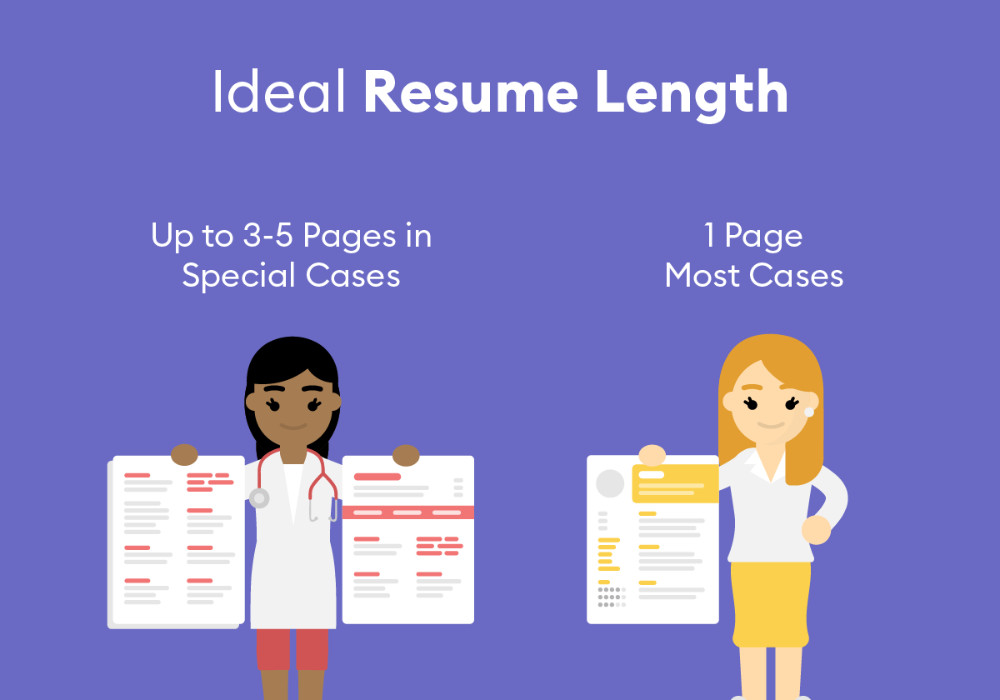When it comes to job applications, two terms often come up: resume and CV (Curriculum Vitae). While both are commonly used to showcase an individual’s qualifications and experiences, there are significant differences between the two. Understanding these distinctions is crucial for tailoring your application documents appropriately. In this blog post, we will explore the dissimilarities between a resume and a CV, enabling you to choose the right format for your specific circumstances.
- Purpose and Length: A resume is a concise summary of your relevant skills, work experience, and educational background. It is typically tailored to a specific job or industry and aims to highlight your qualifications within a limited space. Resumes are generally one to two pages long, making them easy for employers to scan quickly.
On the other hand, a CV provides a comprehensive overview of your entire academic and professional history. It includes details about research projects, publications, presentations, awards, and more. CVs are commonly used in academic, research, or scientific fields where a thorough account of qualifications and achievements is necessary. Due to the comprehensive nature of a CV, it is typically longer and can span multiple pages.

- Content and Focus: Resumes prioritize relevant work experience, skills, and accomplishments. They focus on demonstrating how your past experiences align with the requirements of the specific job you are applying for. Resumes may also include a summary or objective statement at the beginning to provide a brief overview of your career goals and aspirations.
CVs, on the other hand, encompass a broader range of information. In addition to work experience and skills, they delve into academic achievements, research work, presentations, publications, conferences attended, and other professional contributions. CVs place a stronger emphasis on showcasing an individual’s expertise, qualifications, and contributions to their respective field.
- Flexibility and Customization: Resumes offer greater flexibility in terms of formatting and structure. They can be easily tailored to suit different job applications or industries. With resumes, you have the freedom to reorder sections, emphasize specific skills or experiences, and customize the content to match the requirements of each position.
CVs, on the other hand, follow a more standardized format and tend to maintain a consistent structure. Due to the comprehensive nature of a CV, the information is typically presented in a chronological order, starting from the most recent accomplishments. While minor adjustments can be made, CVs are generally less customizable compared to resumes.

- Geographic Preference: The usage of resumes and CVs can also vary depending on geographic location. In North America and some other regions, resumes are the standard document used for job applications across various industries. In contrast, CVs are commonly used in Europe, Asia, and other parts of the world, particularly in academic and research settings.
In summary, understanding the differences between a resume and a CV is crucial for presenting your qualifications effectively during job applications. Resumes offer a concise overview, focusing on relevant skills and experiences, while CVs provide a comprehensive account of an individual’s academic and professional journey. By choosing the appropriate format based on your field, geographic location, and specific application requirements, you can enhance your chances of impressing potential employers and advancing in your career.











